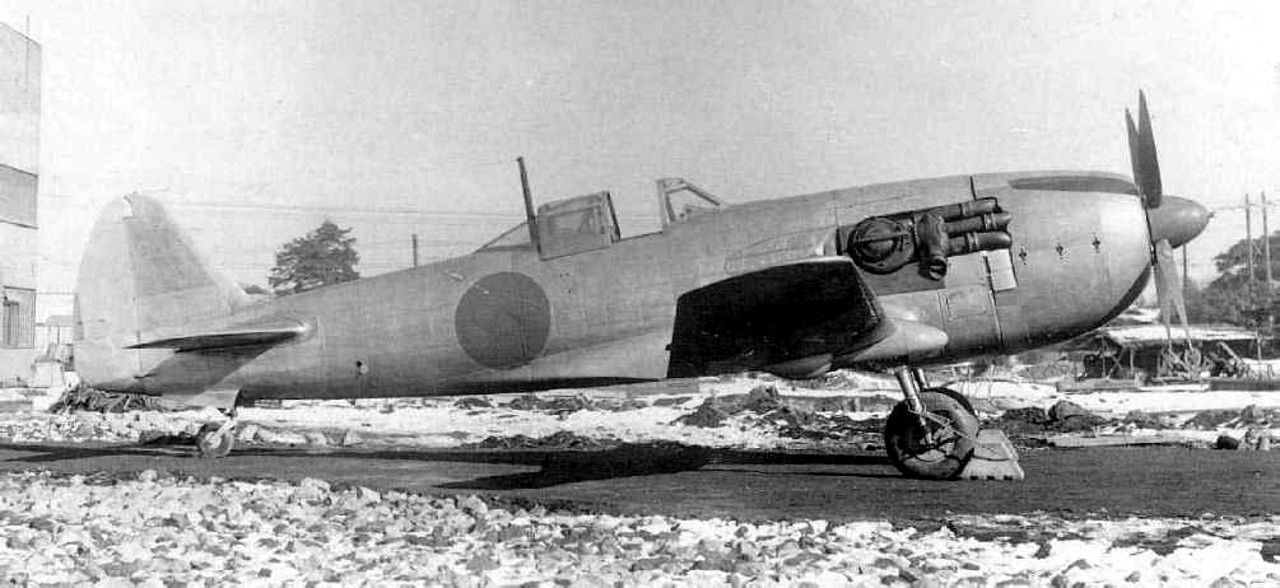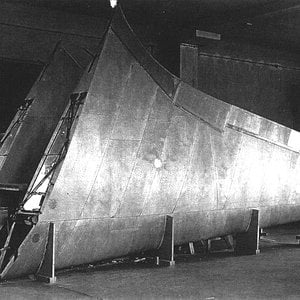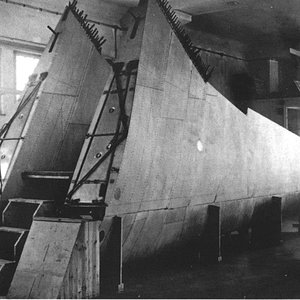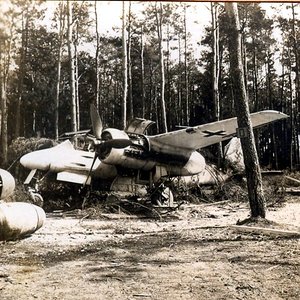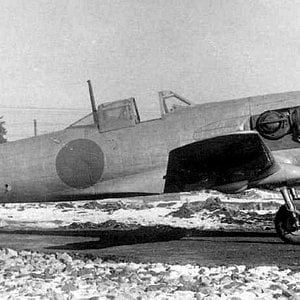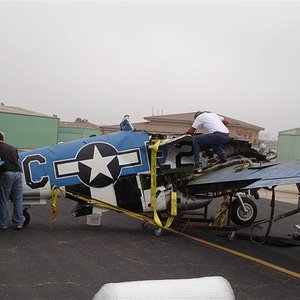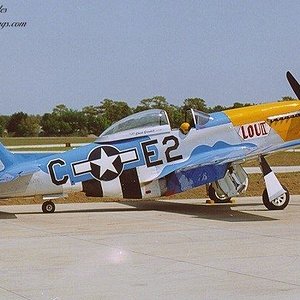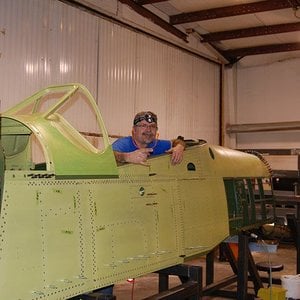Navigation
Install the app
How to install the app on iOS
Follow along with the video below to see how to install our site as a web app on your home screen.
Note: This feature may not be available in some browsers.
More options
You are using an out of date browser. It may not display this or other websites correctly.
You should upgrade or use an alternative browser.
You should upgrade or use an alternative browser.
Design and development
The Ki-87 was developed in response to American B-29 Superfortress raids on the Home Islands. It followed up on earlier research by Nakajima and the Technical Division of Imperial Army Headquarters into boosting a large radial engine with an exhaust-driven turbo-supercharger, which had begun in 1942, well before the B-29 raids began.[1] The efforts of the Technical Division of Imperial Army Headquarters eventually culminated into the Tachikawa Ki-94-I, while the Ki-87 was developed as a fall-back project, using less stringent requirements.[2][3] Nakajima started in July 1943 with the construction of three prototypes, to be completed between November 1944 and January 1945, and seven pre-production aircraft, to be delivered by April 1945.[3] The Technical Division of Imperial Army Headquarters made itself felt during the development of the Ki-87 prototype when they insisted upon placing the turbo-supercharger in the rear-fuselage, and from the sixth prototype the Nakajima fighter was to have that arrangement.[4][5] The Ki-87 had a Curtiss P-40 Warhawk-like undercarriage, as space in the wing was needed for ammunition for the wing-mounted cannon. The 90° rearwards retracting undercarriage was to provide that needed space.[1][6]
Construction was delayed due to problems with the electrical undercarriage and the turbo-supercharger, and the first prototype was not completed until February 1945; it first flew in April, but only five test flights were completed, all with the undercarriage in the extended position.[6][7]
A further variant, the Ki-87-II, powered by a 3,000 hp Nakajima Ha.217 (Ha.46) engine and with the turbo-supercharger in the same position as the P-47 Thunderbolt, never went further than the drawing board
Specifications (Ki-87 prototype)
Another photograph of the first Ki-87 prototype, showing to advantage the turbo supercharger.
Data from Japanese Aircraft of the Pacific War;[6] Japanese Army Fighters, Part 2;[7] Famous Aircraft of the World, first series, no.76: Japanese Army Experimental Fighters (1)[10]
General characteristics
Crew: 1
Length: 11.82 m (38 ft 9.375 in)
Wingspan: 13.423 m (44 ft 0.5 in)
Height: 4.503 m (14 ft 9.312 in)
Wing area: 26.00 m² (279.860 ft²)
Empty weight: 4,388 kg (9,672 lb)
Loaded weight: 5,633 kg (12,416 lb)
Max. takeoff weight: 6,102 kg (13,448 lb)
Powerplant: 1 × Mitsubishi Ha.215 (Ha.44/11) eighteen-cylinder air-cooled radial four-blade, 1,789 kW (2,400 hp)
Performance
Maximum speed: 697 km/h (379 kn, 433 mph)
Cruise speed: 470 km/h (254 kn, 292 mph)
Service ceiling: 12,855 m (42,175 ft)
Wing loading: 216.6 kg/m² (44.3 lb/ft²)
Power/mass: 0.317 kW/kg (2.3 kg/hp; 5.2 lb/hp)
Armament
Guns: 2 × 30 mm (1.18 in) Ho-105 cannons in the outer wing panels and 2 × 20 mm synchronized Ho-5 cannons in the wing roots
Bombs: 1 x 250 kg (550 lb) bomb under fuselage
The Ki-87 was developed in response to American B-29 Superfortress raids on the Home Islands. It followed up on earlier research by Nakajima and the Technical Division of Imperial Army Headquarters into boosting a large radial engine with an exhaust-driven turbo-supercharger, which had begun in 1942, well before the B-29 raids began.[1] The efforts of the Technical Division of Imperial Army Headquarters eventually culminated into the Tachikawa Ki-94-I, while the Ki-87 was developed as a fall-back project, using less stringent requirements.[2][3] Nakajima started in July 1943 with the construction of three prototypes, to be completed between November 1944 and January 1945, and seven pre-production aircraft, to be delivered by April 1945.[3] The Technical Division of Imperial Army Headquarters made itself felt during the development of the Ki-87 prototype when they insisted upon placing the turbo-supercharger in the rear-fuselage, and from the sixth prototype the Nakajima fighter was to have that arrangement.[4][5] The Ki-87 had a Curtiss P-40 Warhawk-like undercarriage, as space in the wing was needed for ammunition for the wing-mounted cannon. The 90° rearwards retracting undercarriage was to provide that needed space.[1][6]
Construction was delayed due to problems with the electrical undercarriage and the turbo-supercharger, and the first prototype was not completed until February 1945; it first flew in April, but only five test flights were completed, all with the undercarriage in the extended position.[6][7]
A further variant, the Ki-87-II, powered by a 3,000 hp Nakajima Ha.217 (Ha.46) engine and with the turbo-supercharger in the same position as the P-47 Thunderbolt, never went further than the drawing board
Specifications (Ki-87 prototype)
Another photograph of the first Ki-87 prototype, showing to advantage the turbo supercharger.
Data from Japanese Aircraft of the Pacific War;[6] Japanese Army Fighters, Part 2;[7] Famous Aircraft of the World, first series, no.76: Japanese Army Experimental Fighters (1)[10]
General characteristics
Crew: 1
Length: 11.82 m (38 ft 9.375 in)
Wingspan: 13.423 m (44 ft 0.5 in)
Height: 4.503 m (14 ft 9.312 in)
Wing area: 26.00 m² (279.860 ft²)
Empty weight: 4,388 kg (9,672 lb)
Loaded weight: 5,633 kg (12,416 lb)
Max. takeoff weight: 6,102 kg (13,448 lb)
Powerplant: 1 × Mitsubishi Ha.215 (Ha.44/11) eighteen-cylinder air-cooled radial four-blade, 1,789 kW (2,400 hp)
Performance
Maximum speed: 697 km/h (379 kn, 433 mph)
Cruise speed: 470 km/h (254 kn, 292 mph)
Service ceiling: 12,855 m (42,175 ft)
Wing loading: 216.6 kg/m² (44.3 lb/ft²)
Power/mass: 0.317 kW/kg (2.3 kg/hp; 5.2 lb/hp)
Armament
Guns: 2 × 30 mm (1.18 in) Ho-105 cannons in the outer wing panels and 2 × 20 mm synchronized Ho-5 cannons in the wing roots
Bombs: 1 x 250 kg (550 lb) bomb under fuselage

